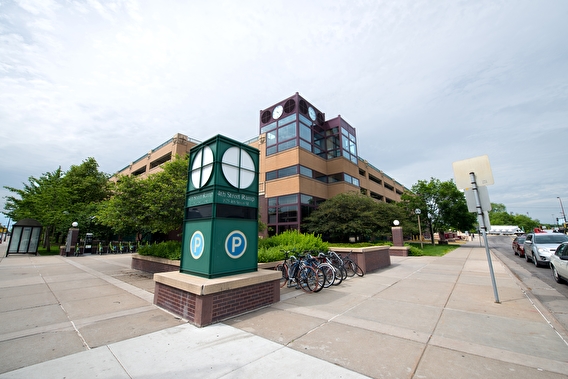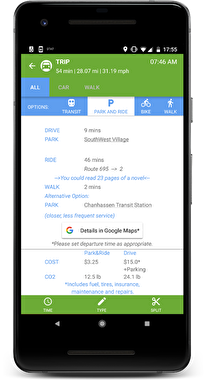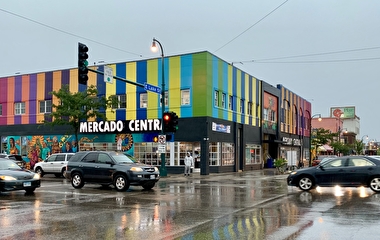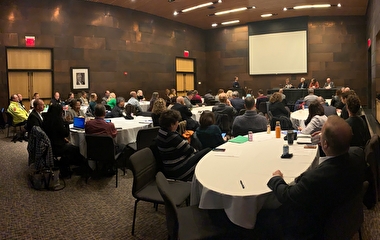
Using an innovative mobility app, U of M researchers are pointing the way for drivers to shift their travel toward more sustainable modes such as transit, park-and-ride, walking, and biking.
“While generic information can raise awareness of travel alternatives, research shows individually tailored messages are more likely to promote behavior changes,” says Yingling Fan, professor in the Humphrey School of Public Affairs. “Our smartphone technology creates mode-shifting recommendations based on users’ actual daily travel behavior.”
The research team began by adding new functions to the DaynamicaTM smartphone app to provide alternative mode recommendations for confirmed trips involving car travel. (Daynamica was developed by U of M researchers led by Fan, and Daynamica-related work has generated a US patent.)
The additional information includes the environmental footprint of the car trip compared with the suggested mode, the positive aspects of taking the suggested mode—such as cost savings, reduced carbon emissions, and increased productivity—and how to use the suggested mode to make the same trip.

The researchers then tested the intervention tool’s effectiveness among University of Minnesota contract parking holders. The project had three key goals: examine the daily travel behavior of parking contract holders, determine whether the alternative travel mode recommendations were reasonable, and identify factors influencing participants’ receptiveness toward travel mode recommendations.
“For example, a car commuter with a 28-mile trip to campus might see a park-and-ride alternative showing that taking the specified transit route would allow them to save more than $10 in car costs, reduce their carbon footprint by more than 10 pounds of CO2 emissions per trip, and enable them to read 23 pages of a novel during their bus ride,” Fan says. “We are aiming to hit all three phases in the behavioral change process—awareness, motivation, and action.”
The project findings revealed that there is ample interest among the most car-dependent population to explore alternative mode options. Their interest, however, is tempered by limited alternative mode offerings in the region. While 92 percent of study participants were interested in trying alternative modes, when offered specific trip alternatives through the app, only 36 percent of those alternatives were considered reasonable by study participants.
“We found that the transit and park-and-ride recommendations generally had a longer distance and duration than the actual car trips, which reflects a major accessibility gap between public transit and private car options in the Twin Cities region that needs to be addressed,” Fan says. “Trip recommendations with a shorter travel time than actual car trips were more likely to be considered reasonable, while the need to make frequent stops on a trip to work or depart before 7 a.m. made participants less likely to consider mode switching.”
The work was funded through the US Department of Transportation and the Twin Cities Metropolitan Council.
Writer: Megan Tsai


